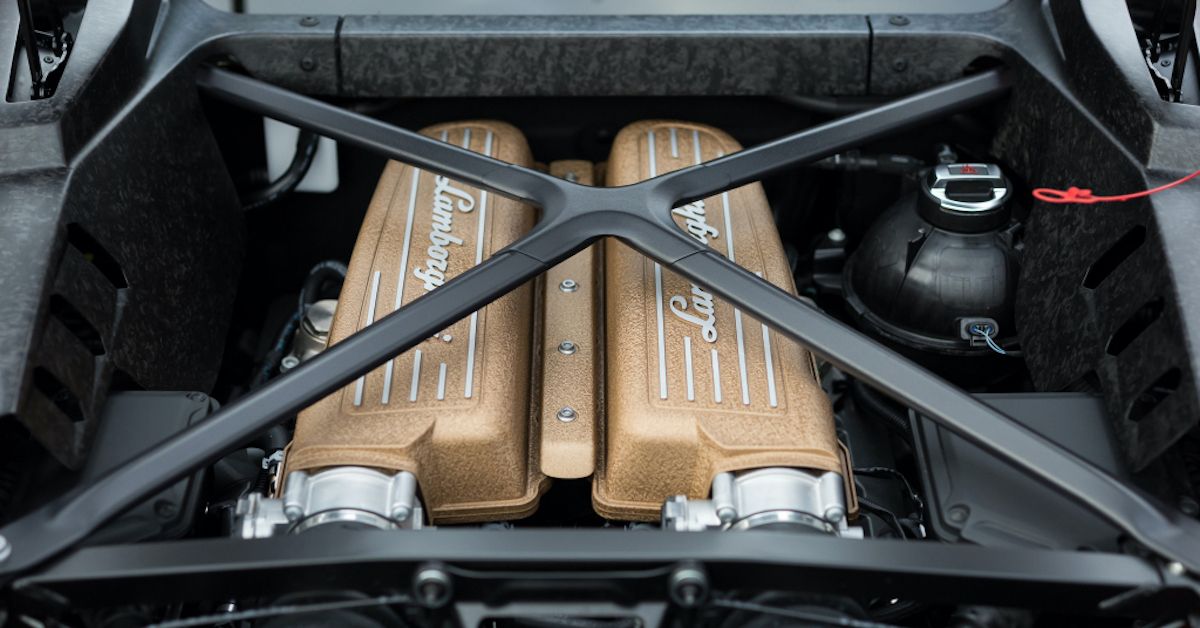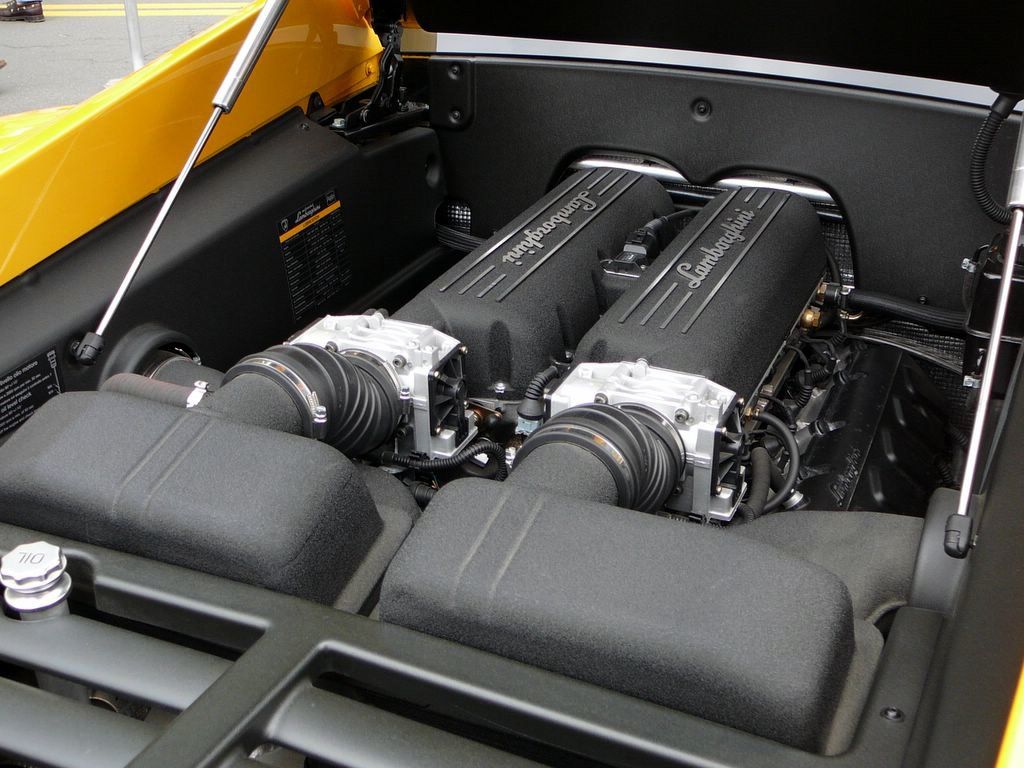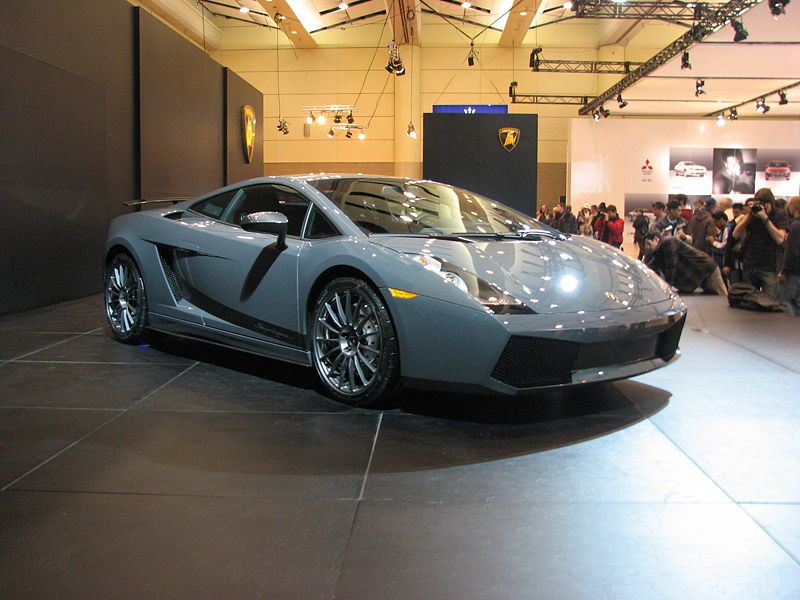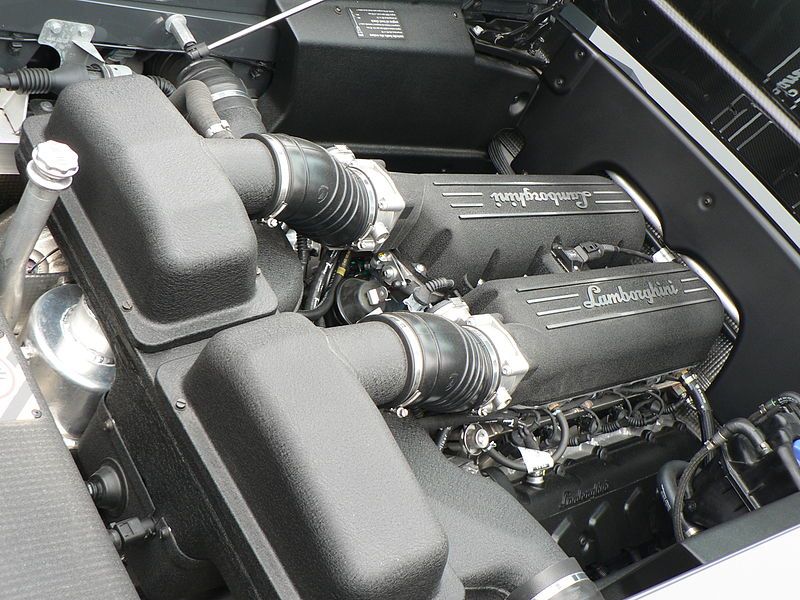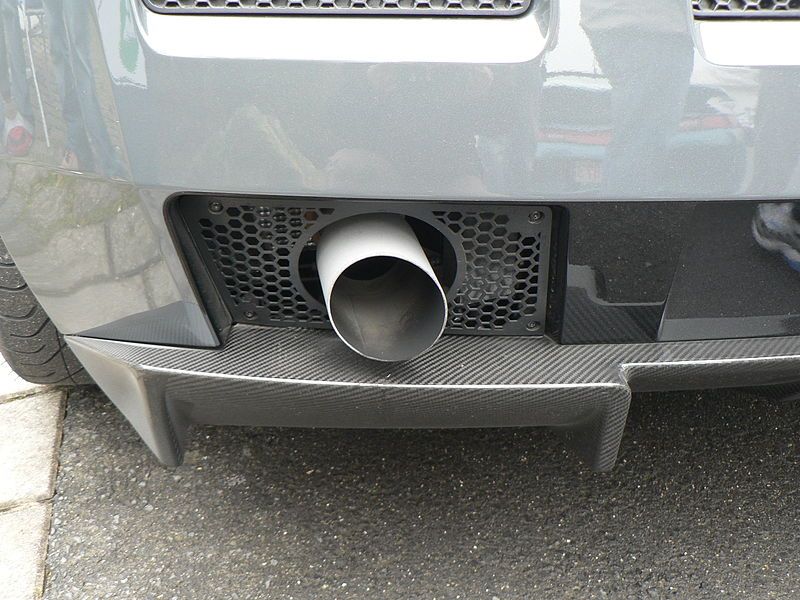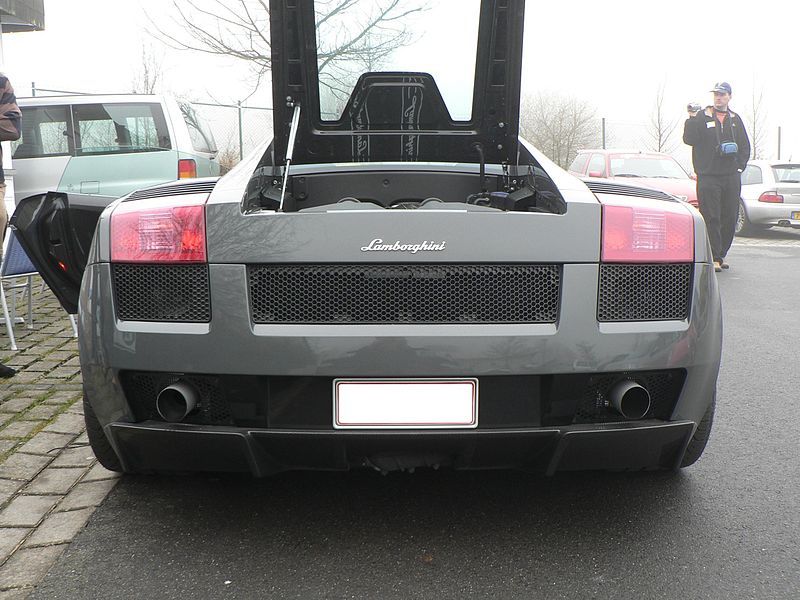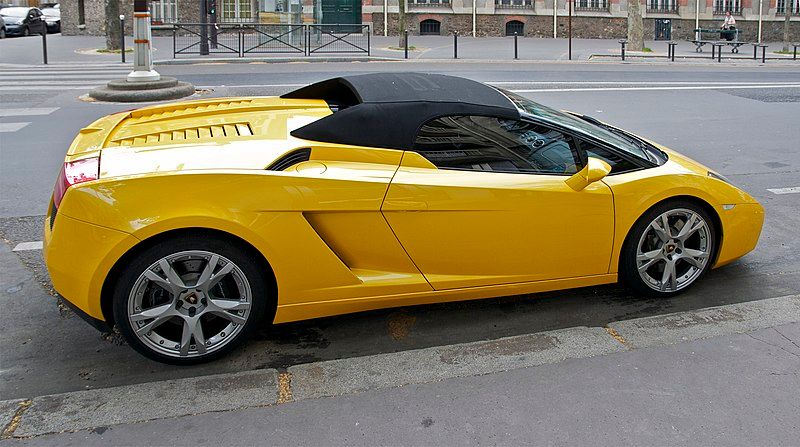It’s not the best or the most powerful engine. In fact, Lamborghini's 5.2-liter V10 ranks low on the totem pole of the most powerful Lamborghinis, not with monsters like the Sian FKP37 and the Sian Roadster thrown in the mix. Both Sians come with the more luxurious and smoother 6.5-liter naturally aspirated V12 paired with a 48-volt electric motor. With that, both the FKP37 and roadster boast a combined 800 horsepower, which is some seriously real doozy.
But the V10 is a special mill with a special place in both the hearts of automakers and gearheads. For one thing, it’s rare, even rarer than the V12, and often comes in 'orphan' versions. That is, usually unrelated to any mill before or in the present, even among other V10s. We remember people thought the Audi R8 shared Lamborghini’s V10 engine, but nothing was further from the truth.
Both the 5.0-liter and 5.2-liter Lamborghini V10 are 90° V10 gas-powered engines developed by Lamborghini for the Lamborghini Gallardo in 2003. It was the first Lamborghini-developed engine after the marque got placed under Audi AG as part of the Volkswagen Group.
Lamborghini And Audi V10 Engines: Mechanically Identical But Not The Same
Many people believed the engine block of the original 5.0-liter Lamborghini V10 was closely based on the gas-powered Audi 4.2 FSI V8 found in Audi’s luxury lineup. This wasn’t the case. Audi later released an official statement clarifying that its 5.2 FSI V10 engine powering the Audi S6 and Audi S8 isn’t related to Lamborghini’s. This was evident in the Audi 5.2-liter V10’s 3.54-inch cylinder bore spacing versus Lamborghini's 5.0-liter V10 with a 3.46-inch cylinder bore spacing between centers.
Notably, Audi's 4.2 FSI V8 features the same cylinder bore measurement as the 5.2. Furthermore, the four-valves-per-cylinder layout was classic Italian (think Lamborghini), versus the five-valves-per-cylinder layout favored by German brands, including Audi and VW road cars. The waters may seem a bit muddled since both are members of the VW family of brands, but their unique identities were never lost on them.
However, the automakers later admitted the 5.2-liter variant of the Lamborghini V10 was indeed mechanically identical to Audi’s 5.2-liter V10, which explains the shared Fuel Stratified Injection and 90 mm cylinder spacing. Even so, Lamborghini's 5.2-liter V10 is special. Its origin can be traced, not to Audi, but to two Lamborghini concept cars namely; the 1988 P140 and the 1995 Cala, which featured 3.9-liter displacement engines.
However, Lamborghini revived the project in the early 2000s and increased the engine displacement. This time, the crankcase and cylinder block are built at the Audi Hungaria Zrt. factory in Győr, Hungary, with final assembly completed at the marque’s Sant'Agata Bolognese plant in Italy. The engine has a 90° vee angle and, unusually for a production engine, a dry sump lubrication system is used to keep the engine’s center of gravity low.
Here’s What’s Special About Lamborghini's 5.2-Liter V10 Engine
For starters, the soundtrack coming from the engine is a huge part of the supercar experience. And here's where turbos and smaller engines don’t compare to the symphony from a naturally aspirated V10 like the Lamborghini’s 5.2-liter. With automakers rolling out electrified powertrains, and quad-turbocharged V12 mills, purists can hardly find a replacement for the free-flowing exhausts of a V10 and the resulting clear and raw soundtrack.
V10s also tend to deliver superior revs since their intakes aren’t restricted like turbos during turbo lag. We aren’t trying to knock turbos or bigger engines – just spelling out what’s special about the V10. What’s more? Throaty V12s aren’t returning to F1 any time soon, which means the V10 was all we got regarding the scream, rumble, and growl wafting from exhaust pipes. Unfortunately, the V10, too, will never grace the F1.
Moving on, there’s no technical reason why a V10 and V12 with a similar capacity can't produce similar power and torque. The upside for the V10 in this equation is that it is generally more lightweight than a V12, although there’d be little to no potential weight difference if the capacities are the same.
We don’t deny that a V12 is inherently better balanced (no need for a balance shaft) than a V10. We can also argue that the V10 uses less fuel at the same power level as a V12, although that may not actually be the case if the V10 has a balance shaft to smooth out the vibrations. Furthermore, we dig how Lambo’s V10 is the better option when a V8 would not suffice in terms of power output, and the V12 is too large, more expensive, or a lot more complex.
In fact, you could say the V12’s more moving parts pose a greater reliability risk. The V10 is obviously two cylinders shorter, which improves the compactness, and it doesn't suffer from the V12's pumping and friction losses (depending on the size and type). Again, Lamborghini’s 5.2-liter V10 engine delivers a great balance, thanks to its 90° configuration, whereas V10s are generally 72° optimum V angle compared to V12’s 60°.
We can tell you that most automobile manufacturers choose the V10 partly for its motorsports pedigree. Take the ‘60s and ‘70s F1 golden age. The Formula One cars were smaller, quicker, and - oh yes, louder. It was also the reason the '60s F1 scenes were rife with violent crashes, both memorable and gut-wrenching sad at the same time. What kind of engine was mostly utilized by those smaller, quicker, and louder F1 cars we just mentioned? The 3-liter V10, of course.
It peaked with BMW's introduction of its version of the V10 in 2003, boasting a cloud-gathering 900 horsepower and scorched earth (we mean every word) 19,200 rpm. Yes, we’re talking about the BMW P83 90° V10 F1 engine. It was developed in two years, with the engine speed limited to 19,000 rpm. Interestingly, Lamborghini launched the original Gallardo that same year, rocking a 5.0-liter even firing V10.
The second generation Gallardo arrived in 2008 toting an odd firing 5.2-liter V10 mated to either 6-speed Graziano manual or 6-speed e-gear Graziano automated manual transmission. Ultimately, Lambo’s V10 may not be an exemplary daily driver, but offers 200 mph top speed at less than $200,000. Only a V10 can offer such a sweet combo.

